A new report has found just 4% of senior offshore wind industry leaders believe the UK will achieve its goal of 50 gigawatts (GW) capacity by 2030.
The Re-Energising Offshore Wind report by consulting firm Newton Europe surveyed 200 senior wind industry executives across the UK and Europe.
Of those questioned, 80% think the UK will achieve 30GW of offshore wind by 2030.
Nearly two thirds (63%) believe Britain will have more than 30GW installed.
Survey shows little confidence in UK meeting 2030 offshore wind target
But only two in five (40%) expect the UK to hit 40GW by the end of the decade
And just 22% and 4% are anticipating ing 45GW and above 50GW-plus respectively.
The UK currently produces 15GW of electricity through offshore wind, with a further 10-15GW already funded, the report says.
This leaves approximately 20GW of offshore wind capacity “missing” if the UK is to reach its 50GW target just six years from now, it adds.
Supply chain concerns highlighted
The report also shows 71% of industry leaders are worried about remaining financially competitive when investing in the UK offshore wind sector or in related supply chains.
While three-quarters think the UK should aim to “nearshore” manufacturing or support domestic supply chains, 67% don’t believe UK offshore wind manufacturers can compete with mainland Europe and China.
Two of the main drivers of doubt within the industry stem from concerns relating to grid infrastructure and ports.
More than two-thirds of leaders (67%) believe the UK’s current pool of ports, vessels, and labour is too limited to support both the offshore wind and oil and gas sectors.
In the report, the UK Government’s Offshore Wind Champion Tim Pick says improving port facilities must be a priority for supporting offshore wind.
“Offshore wind relies on ports, which have a catalytic effect on wider supply chain growth,” Mr Pick says.
He adds: “We need a structured programme to support and catalyse serious incremental port capacity investment, particularly to support the specific needs of commercial-scale floating offshore wind.”
As well as requiring investment in ports to assist in expanding capacity, the report also says the UK must improve grid infrastructure connectivity.
Benj Sykes, head of environment consenting and external affairs at offshore wind developer Orsted says the UK needs a “grid that’s fit for the future”.
“We can’t get to 50GW of installed, connected capacity unless there is nothing short of a revolution in how we build out the grid,” Mr Sykes warns.
Floating offshore wind ‘critical’
The report also identifies floating technology as “critical” to scaling up offshore wind production.
According to the Department for Business and Trade, the UK is already a world leader in floating offshore wind, with 78 megawatts already operational – more installed capacity than any other country.
Projects in the pipeline for Scotland will make this country the largest market in the world for this emerging technology, with up to 17.8GW expected across 14 projects.
Meanwhile, Ocean Winds’ Caledonia project director Mark Baxter says there is an opportunity for the UK to transition some of its experience in oil and gas to floating
offshore wind.
But Mr Baxter also says the offshore wind industry needs to move to a smaller set of designs and “clear standards”.
Role of oil and gas sector
According to the report, most industry leaders think the oil and gas industry has a major role to play in the UK’s offshore wind journey.
A total of 70% of respondents, including 67% of leaders in oil and gas, – believe the fossil fuel industry should allocate more resources to advance the offshore wind sector.
Around 48% identified opportunities to repurpose existing offshore infrastructure.
Nearly two in five (39%) think knowledge and technology transfers from oil and gas will help offshore wind, with 33% citing skills training and certifications as a growth driver.
Winds blowing in right direction
Launching the report, Newton Europe partner Dan Parker highlighted positive signs for the sector in recent weeks.
He added: The government has stepped up to resolve the stark issues in CfD (contracts for difference) pricing ahead of the next auction next spring and the chancellor offered some helpful reforms in his Autumn Statement.
“As such, the mood since our survey should have lifted somewhat.”
But Mr Parker also warned there is still significant work ahead for the UK offshore wind industry to meet its potential and net-zero targets.
“There are hurdles on the path,” he said, adding: “We have capacity issues in both infrastructure and UK skills.
“And there are several big players who will need to collaborate to make change happen.”
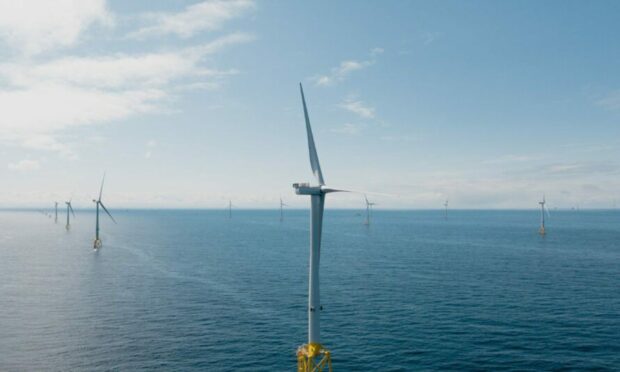
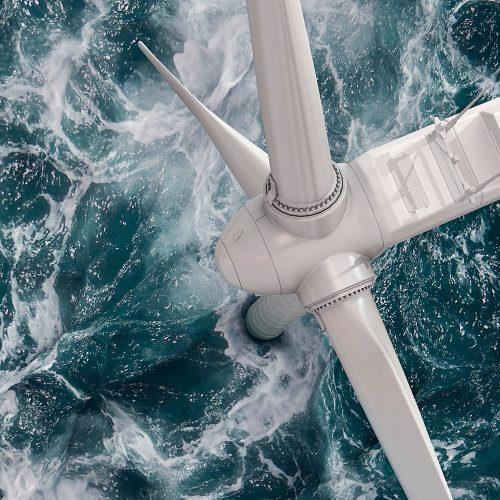
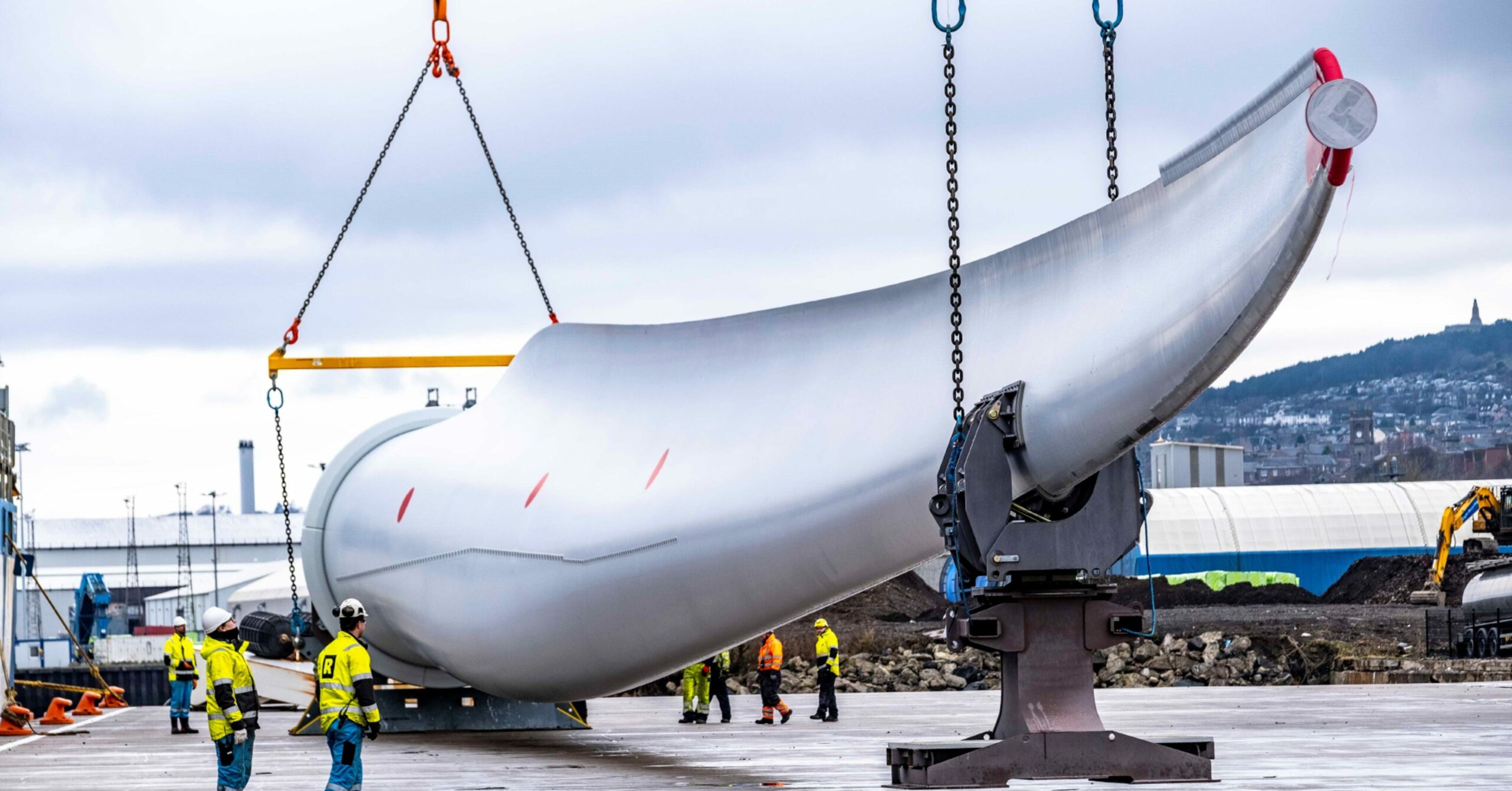
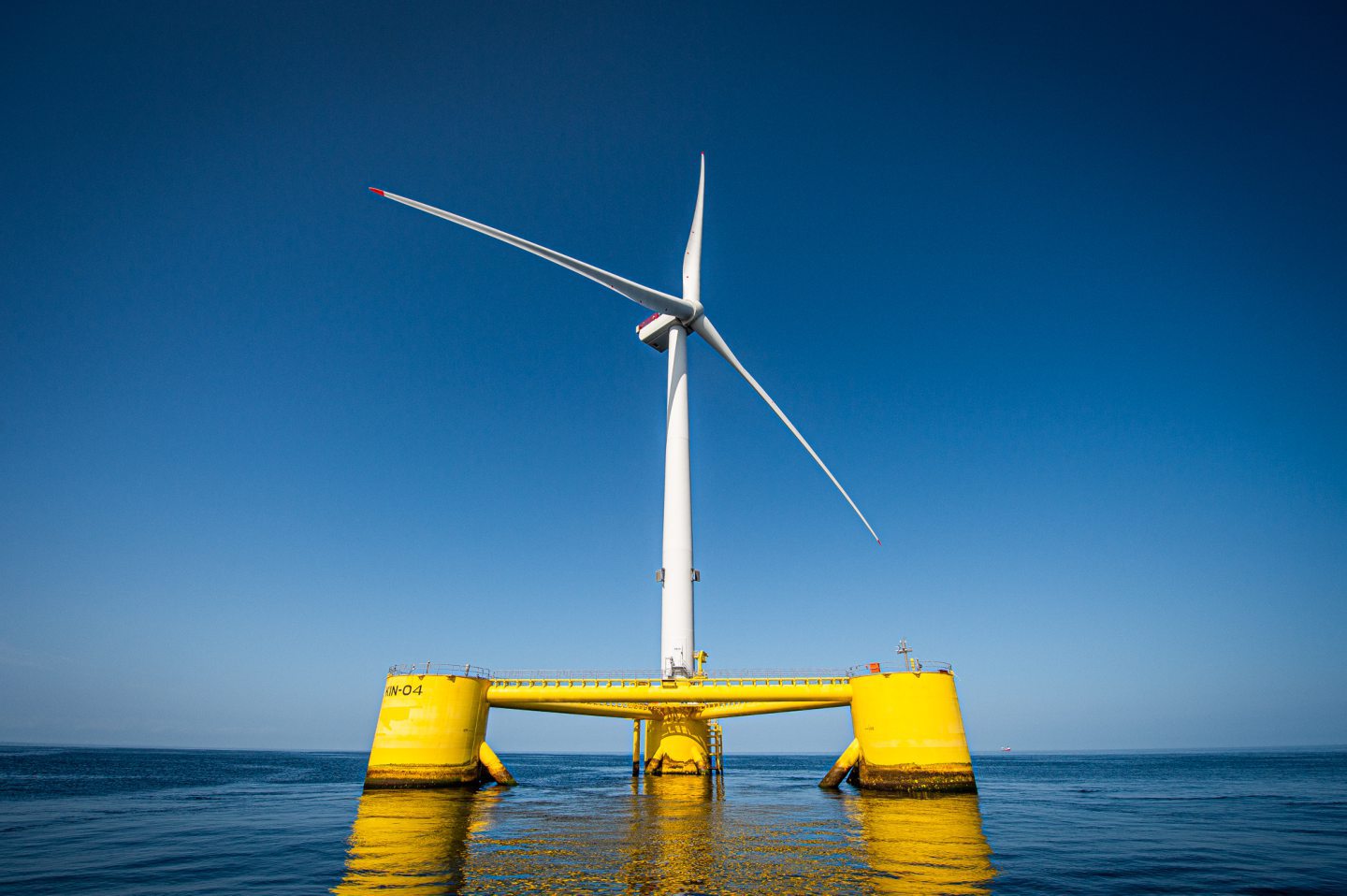
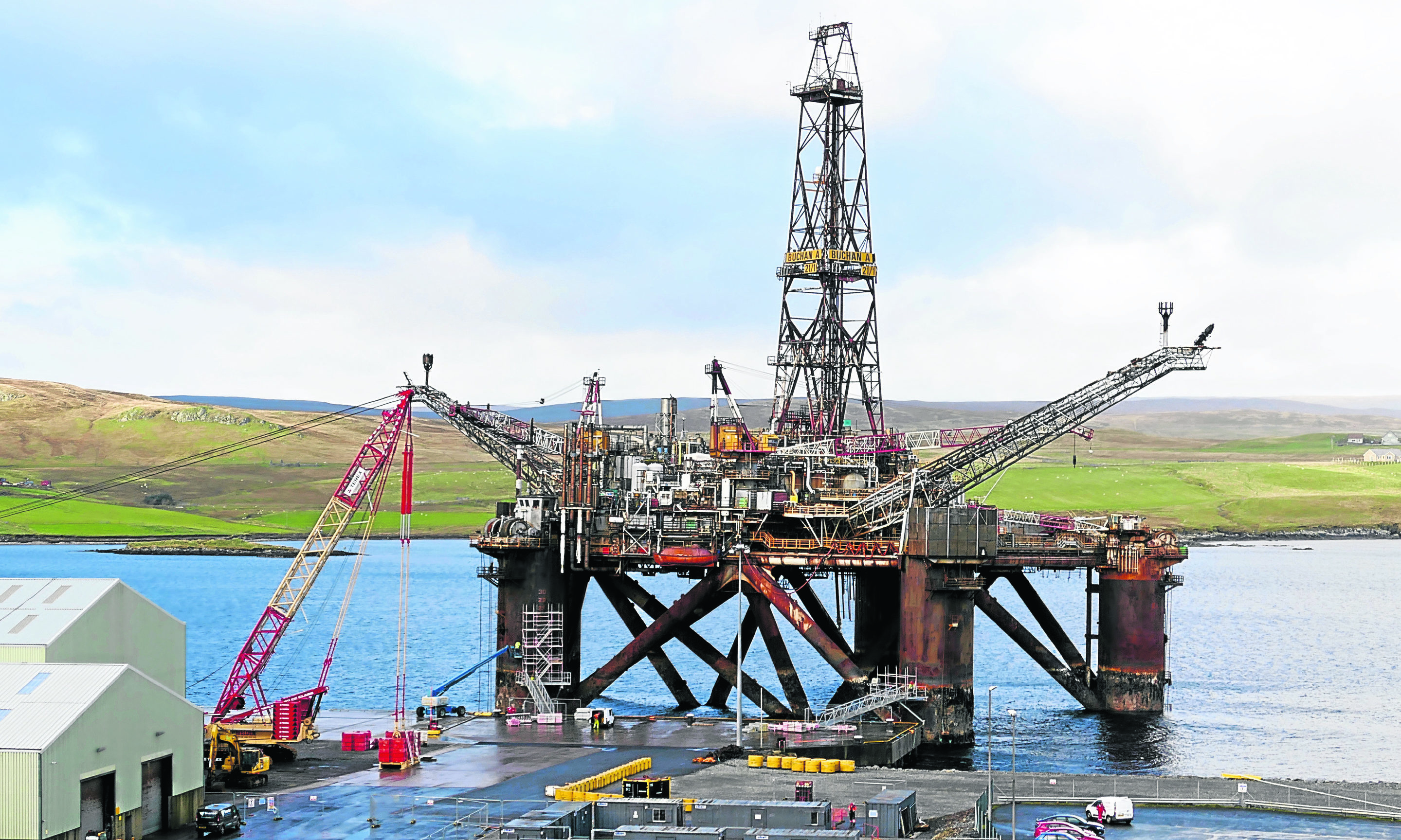
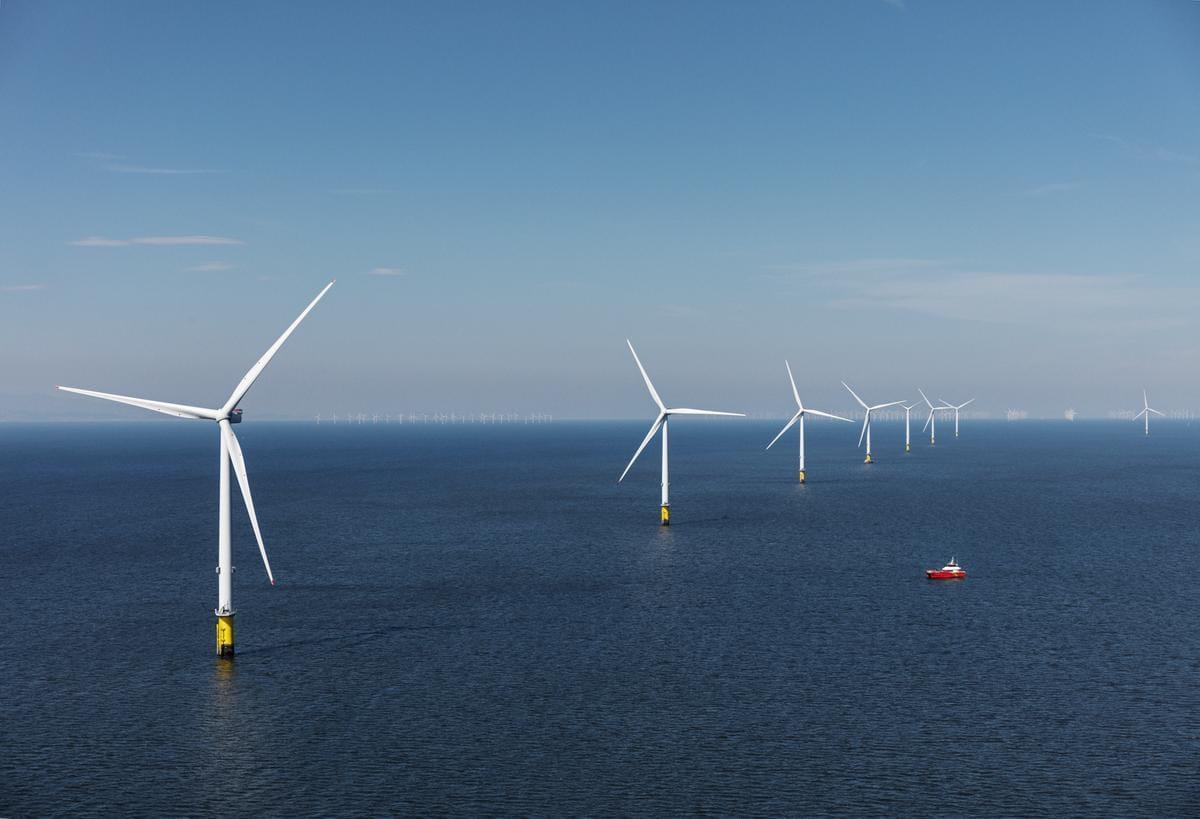
Conversation